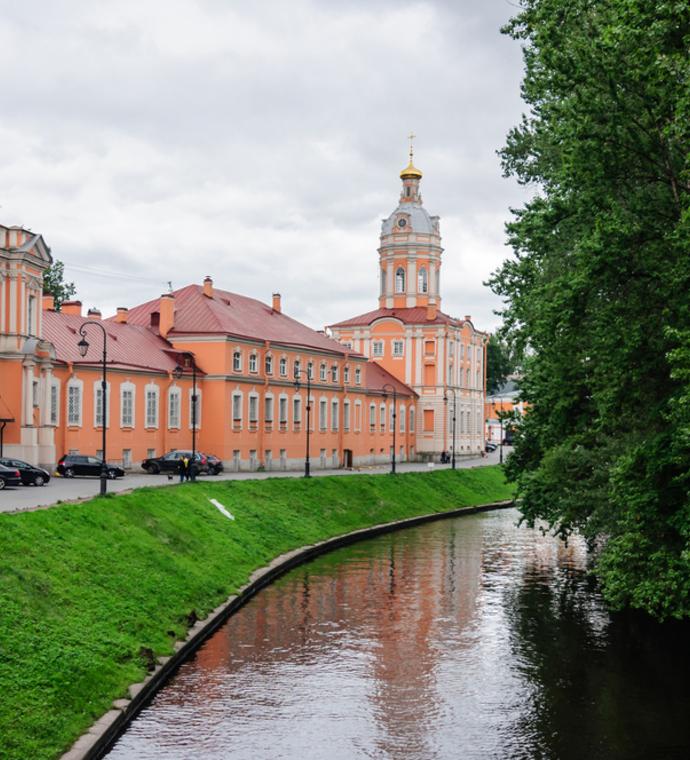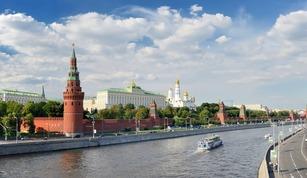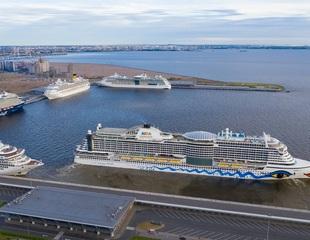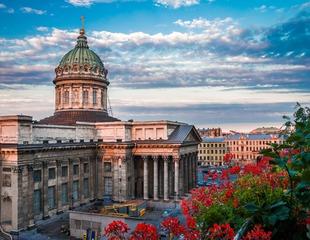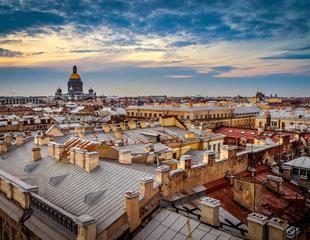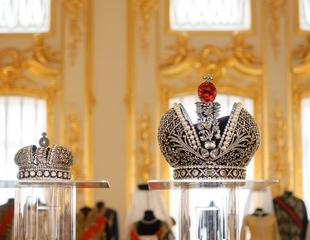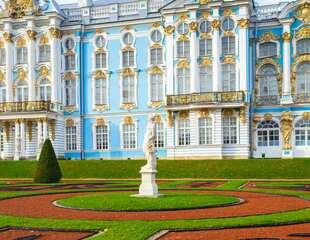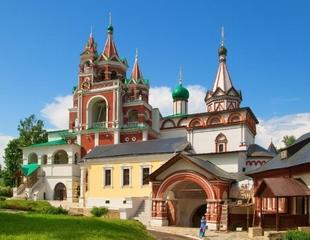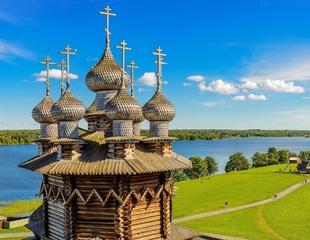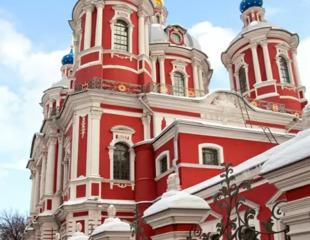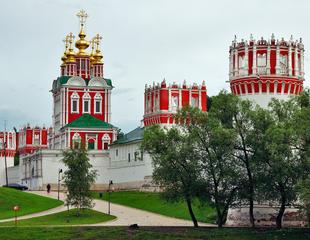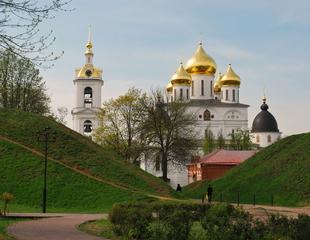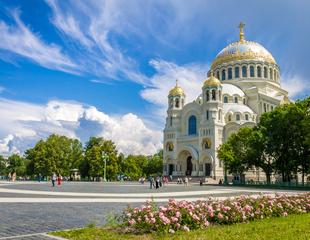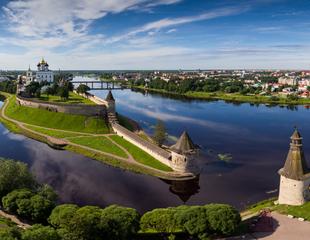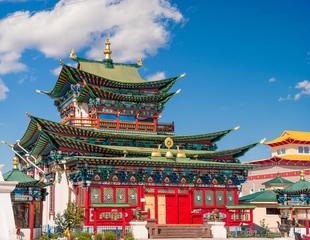The Saint Alexander Nevsky Lavra is a male Orthodox monastery in St. Petersburg. It is the first monastery of St. Petersburg, located at the confluence of the Monastyrka River into the Neva River. The monastery was built under a decree of Peter I in memory of the victory in 1240 of the troops of St. Prince Alexander Nevsky over the Swedes. The official date of the foundation of the Alexander Nevsky Monastery is considered the day of the consecration of the wooden Church of the Annunciation — March 25, 1713. In 1724, the canonized remains of the commander were moved from the city of Vladimir to the monastery. In 1797, the monastery was reorganized into Lavra. The Alexander Nevsky Monastery is one of the first major architectural ensembles of the Northern Capital.

The monastery ensemble is a complex of buildings, the formation of which for most of the XVIII century was assisted by prominent architects, decorators, painters, sculptors, and many builders. The monastery project was developed in 1715 by the leading architect of St. Petersburg, Domenico Trezzini. By 1727 the monastery had four cathedrals, a bell tower with 5 bells, 5 stone buildings, wooden cells, and a garden. The southern and northern lines of the monastery buildings with corner towers were constructed by the project of architect M. Rastorguev in 1756-1765 and 1760-1773, respectively. The monastery construction was completed in 1776-1790 by architect I. Starov, an outstanding representative of Classicism. In 1780, architect I. Starov, constructing the main entrance from the city side, included in the monastery's ensemble the left bank of the Monastyrka River, surrounded it with the low stone walls.
